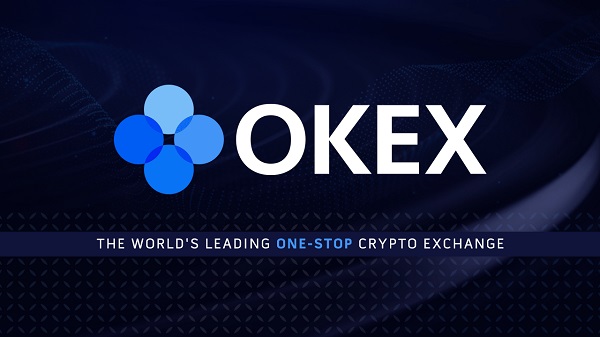
While many still watch Bitcoin’s price movements like a financial rollercoaster, a quieter—but equally powerful—revolution is unfolding in the world of cryptocurrencies. This revolution isn’t about the latest meme coin or sudden price spikes. It’s about mass adoption. Slowly but surely, crypto is weaving itself into the fabric of everyday life, changing how people interact with money, technology, and even each other.
🧾 From Trading Screens to Real Life
Once reserved for tech enthusiasts, early adopters, and financial risk-takers, crypto is no longer confined to trading platforms and speculative portfolios. It’s entering the streets, cafés, online stores, and even payroll systems.
In 2025, it’s increasingly common to see people paying for their coffee using USDT or Bitcoin via contactless crypto apps. Global giants like Microsoft, PayPal, and Gucci now accept crypto payments or integrate blockchain in their customer experiences. More impressively, in emerging markets like Nigeria, Argentina, or Vietnam, millions use crypto daily—not to get rich, but to stay afloat.
These users aren’t chasing Lambos; they’re using stablecoins like USDC and USDT to protect their savings from runaway inflation, send money across borders without exorbitant fees, or access decentralized finance (DeFi) tools when traditional banking fails them. For them, crypto isn’t just an innovation. It’s a lifeline.
🏦 Banks Are Switching Sides
For years, traditional banks criticized crypto for its volatility, lack of regulation, and “criminal” use cases. Today? Those same banks are investing billions into blockchain research, partnering with crypto firms, and exploring new models built on decentralization.
In 2025, over 70% of major financial institutions are piloting or actively using blockchain-based solutions. From cross-border payments with near-instant settlement to asset tokenization that brings real estate and stocks onto the blockchain, the shift is real—and irreversible.
Projects like JPMorgan Coin, the digital euro, and China’s e-CNY (digital yuan) are reshaping the monetary landscape from the inside. Central bank digital currencies (CBDCs) are no longer experiments—they’re becoming standard.
🎮 Gaming, NFTs, and Gen Z’s Digital Economy
For Gen Z and even younger generations, the concept of value is being rewritten. Digital items are no longer just pixels—they’re assets. Gaming platforms are leading this transformation.
Today’s blockchain-based games, known as Play-to-Earn (P2E) or Play-and-Own, reward players with NFTs and tokens for their in-game achievements. Skins, weapons, characters, and virtual land can be owned, traded, or even leased, giving players financial stakes in their favorite games.
Platforms like Immutable X, Ronin, and ZetaChain are powering entire economies where gaming, investing, and social interaction merge into one experience. For younger users, crypto isn’t a financial tool—it’s a native layer of the internet they’re growing up with.
🧠 AI and Crypto: A Game-Changing Duo
In 2025, the convergence of artificial intelligence and blockchain is creating a paradigm shift. No longer just generating images or code, AI is now interacting with smart contracts, executing financial strategies, and building decentralized systems on its own.
We’re seeing the emergence of AI agents that:
- Manage crypto portfolios based on real-time market data
- Execute DeFi strategies across multiple protocols
- Launch and manage DAOs (Decentralized Autonomous Organizations)
- Even earn income in crypto for tasks performed in the metaverse
This fusion is leading to autonomous digital economies, where machines can create, earn, spend, and reinvest—completely peer-to-peer. Imagine a world where your AI assistant not only books your trip but also stakes some ETH to cover the cost. That future is no longer science fiction. It’s being coded right now.
🔐 The Rise of Digital Sovereignty
At the heart of the crypto movement lies a radical question:
“Who truly owns your money?”
In traditional finance, the answer is often: not you. Accounts can be frozen, transfers delayed, access denied. With crypto, users gain full control, but also full responsibility.
This rise in digital sovereignty is empowering. It allows people to:
- Hold wealth outside the reach of failing governments
- Protect privacy and autonomy in a data-hungry world
- Transact across borders instantly and permissionlessly
But it comes at a price. Lose your keys, lose your coins. There is no customer service line in decentralized finance. Security, knowledge, and personal responsibility become non-negotiable.
🚀 Conclusion: Not So Silent After All
Crypto in 2025 is no longer just a niche market or speculative playground. It’s a reinvention of economic infrastructure. It’s a way to build a financial system that is faster, more inclusive, and more resilient.
While mainstream media might still focus on scandals and price swings, behind the scenes, the technology is maturing, expanding, and transforming lives.
This year might not be remembered for the next bull run…
But it may very well go down as the year crypto truly became useful.


